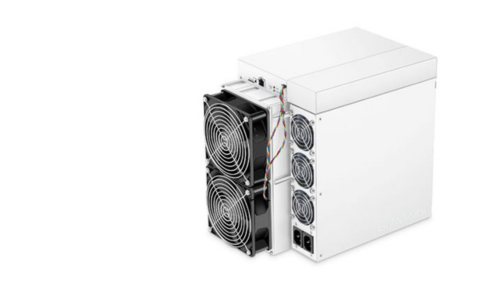Extending Graphite Bearing Lifespan: A Maintenance Guide

Carbon graphite bearings are the unsung heroes of countless industrial operations. Many seek them out for their ability to withstand extreme temperatures, resist chemical degradation, and self-lubricate. However, like all mechanical components, they’re not immune to wear and failure. They still require proper upkeep to perform as intended for as long as possible.Understanding the intricacies of maintaining these components is essential to avert premature failure and maximize your investment.
Common Problems That Cause Bearing Failure
Although graphite bearings perform excellently in demanding environments, they can still face operational challenges. These components can fail when any of the following issues occur:
- Contamination: Foreign particles like dust, debris, or metal shavings can enter the housing as the machine system operates. Even microscopic amounts of these contaminants can damage the bearing’s surface, likely resulting in severe wear and performance issues over time.
- Improper Lubrication: Graphite bearings are generally self-lubricating but may require supplemental lubrication in some applications. However, using the wrong kind or amount of lubricant can increase friction, causing the bearing to wear down and fail.
- Chemical Attack: While carbon graphite can resist chemicals, prolonged exposure to certain harsh substances can still degrade them. For instance, bearings that aren’t well-cared for may suffer corrosion from the environmental conditions of chemical processing and marine operations.
- Thermal Shock: Numerous applications like engines and industrial furnaces involve extreme and fluctuating temperatures. These rapid changes, however, can crack or fracture graphite bearings.
- Poor Installation or Alignment: In some cases, bearings fail because they were mounted and aligned incorrectly to begin with. If left unaddressed, the load and stress distributed on the component will become uneven, causing and accelerating wear.
Tips for Maintaining Bearings
Recognizing failure points is only the first step in protecting carbon graphite bearings. Carrying out preventive measures and adopting a proactive approach are just as critical. Here are recommended practices to follow:
- Choose Bearings Wisely: Different applications require specific graphite grades, so selecting suitable bearings matters in maintenance.Some essential factors to consider are the maximum load capacity, rotational speed requirements, temperature range, and the presence of chemicals or moisture.Choosing bearings with surface coatings is also advisable to protect their integrity.
- Ensure Proper Fitting and Alignment: Precision is paramount in installation. Utilize the appropriate tools and techniques to place and align the bearings accurately. For complex installations, check manufacturer guidelines or seek help from experienced technicians.
- Schedule Regular Inspections: Make visual inspections a routine. Check your bearings for signs of damage, deterioration, contamination, or misalignment, especially in high-activity areas. Employing predictive maintenance tools, like vibration analysis, also helps spot potential problems before they escalate.
- Follow Appropriate Cleaning Techniques: Clean the bearings using non-abrasive solvents that won’t damage the graphite surface. Avoid high-pressure washing, as it can introduce moisture into sensitive parts.More importantly, consult manufacturer recommendations to ensure your cleaning agents and methods suit the bearing.
- Use Protective Seals: Incorporate seals or shields around the bearings to keep dirt, dust, and other foreign particles from entering the housing. Thoroughly clean the work area before installation to minimize the risk of contamination.
- Regulate Temperatures: Gradually ramp up start-up temperaturesand implement control measures to minimize thermal shock, such as cooling systems or insulation. If the application involves rapid thermal changes, consider using thermal shields for extra protection.
- Monitor Lubrication: Follow manufacturer recommendations meticulously if your application requires external lubrication. Apply compatible lubricants in the right quantities to avoid chemical reactions that damage bearings or compromise their performance. Observe the lubricant’s condition regularly and establish a schedule for re-lubricating bearings.
- ChangeBearings Proactively: To maintain continuous operations, it is highly recommended that bearings be replaced before they fail. Stocking spares for quick replacements during scheduled maintenance is also practical.
- Document Maintenance and Usage: Record bearing specifications, installation dates, lubrication schedules, repairs, replacements, and other maintenance practices. These details are valuable references for troubleshooting issues and optimizing maintenance.
Ensure Your Bearings Deliver Long-Term Value
Graphite bearings are second to none when optimizing machine performance and operations in high-stakes industries. Nevertheless, they still depend on proper upkeep and preventive care to work at their peak. Technicians must understand the common issues with bearings with these components and implement best practices to avoid failure.
Take a proactive approach to maximizing your bearings’ efficiency without frequent and costly downtime. Reach out to trusted manufacturers for more information or personalized guidance on bearing care.






